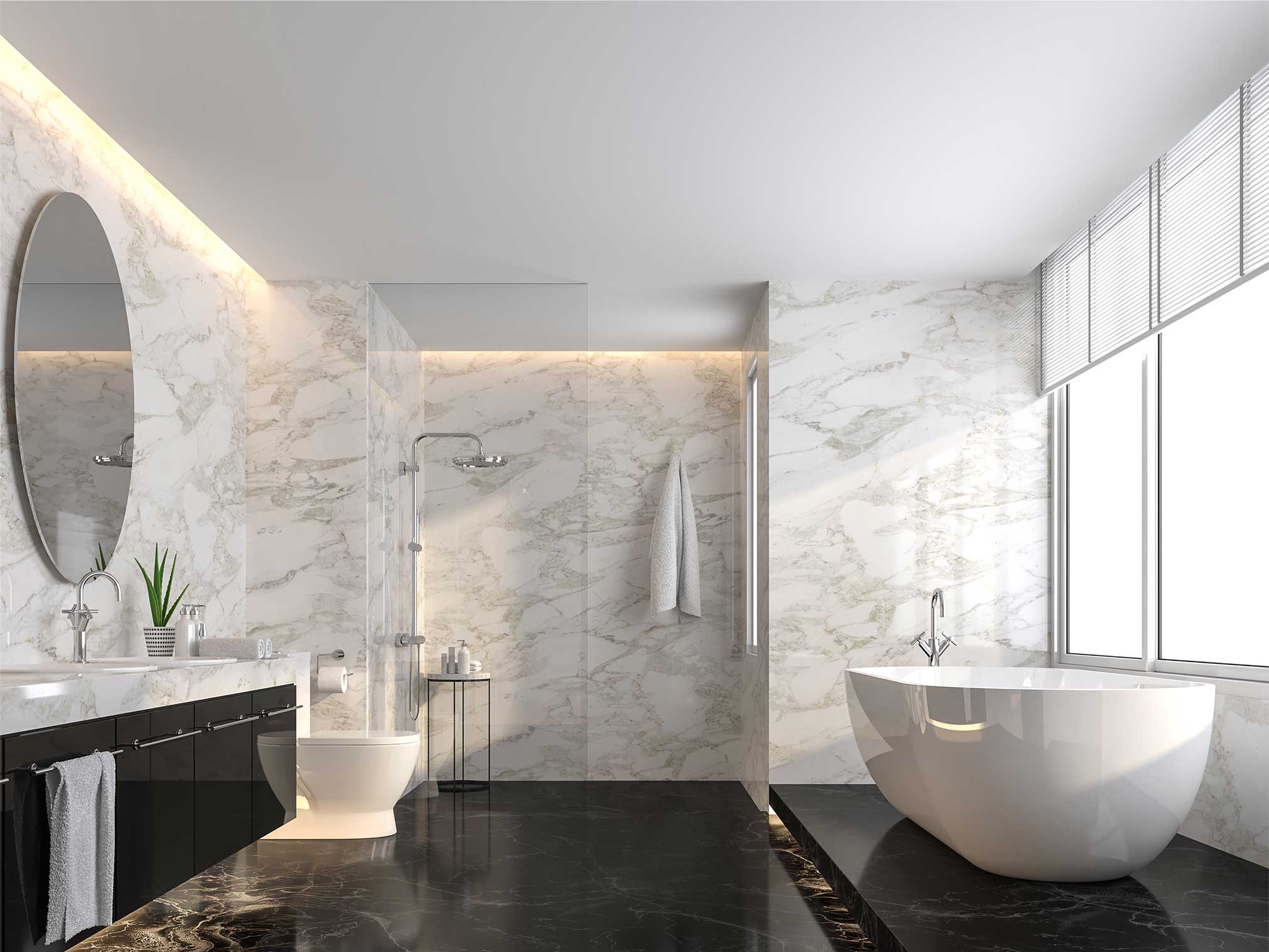As a landlord, one of the smartest things you can do to protect your investment is also one of the simplest: take detailed move-in photos and document everything. It’s a step many landlords overlook or rush through, but when done right, it can mean the difference between using a tenant’s deposit to cover real damage or being forced to eat the cost yourself. Worse, if you fail to document critical safety items like smoke detectors, carbon monoxide alarms, or fire extinguishers, you could be exposed to liability if something goes wrong during the tenancy.
In property management, documentation is protection and move-in photos are your frontline defense.
Why You Should ALWAYS Take Move-In Photos
✅1. Security Deposit Disputes
At the end of a tenancy, disagreements over the condition of a unit are one of the most common (and costly) challenges landlords face. You may know the carpet wasn’t stained when you handed over the keys. You may be sure that hole in the drywall wasn’t there. But without proof, none of that matters.
California, like many states, places the burden of proof on the landlord when it comes to retaining all or part of a tenant’s security deposit. That means you need clear, dated, and detailed documentation that shows the condition of the property at move-in — before the tenant has a chance to cause any damage. In addition, your move-out photos must be accompanied by your move-in photos in order to charge the resident any deductions on their security deposits. Lastly, you need to have photos of the repairs being done in order to deduct. Please keep in mind that you cannot charge for normal wear and tear.
✅2. The Legal Risk of Missing Safety Documentation
Imagine a tenant claims the smoke detector in the hallway was missing or nonfunctional when they moved in and there’s no photo proving otherwise. If there’s a fire, or even just a formal complaint, you could be on the hook for negligence. Landlords in California are required by law to provide working smoke and carbon monoxide detectors. Without proof of their condition at move-in, the burden falls on you to prove compliance.
That means your move-in photos shouldn’t stop at flooring and fixtures.You need clear, timestamped images showing installed smoke detectors, CO detectors, and other legally required safety equipment. Include close-ups that show proper placement and capture any “test” indicators, if possible. This one step could save you from liability, fines, or even litigation.
✅3. Avoiding “Wear and Tear” Confusion
Another major gray area in deposit deductions is the difference between normal wear and tear and actual damage. Paint that fades over time? Wear and tear. A wall with gouges or crayon drawings? That’s damage.
Move-in photos create a baseline for what “normal” looks like in your unit. They help clarify that the blinds weren’t broken, the carpet didn’t have large stains, and the ceiling wasn’t discolored when the tenant moved in.
Without that baseline, a tenant could argue that a major stain was always there or that a broken fixture was preexisting. With photos, you can prove otherwise.
What Counts as “Proper Documentation”?
Move-in documentation isn’t just taking a few blurry shots of the kitchen. It’s a structured, consistent process that should include:
High-quality, time-stamped photos of every room, from multiple angles.
Close-ups of all fixtures, appliances, flooring, walls, ceilings, drawers and windows.
Photos of existing wear and tear or imperfections, with notes.
A signed move-in checklist that aligns with the photos.
Digital storage of all documentation in one organized folder.
The key is thoroughness and consistency. Take photos with the lights on and the blinds open for clarity. Make sure you capture the condition of inside closets, the inside and outside of appliances, baseboards, and even behind doors. The more you document, the harder it becomes for a tenant to dispute damage later.
Why Photos Work Better Than Words
Written descriptions help, but photos are harder to dispute. A signed checklist that says “stove clean and working” is useful—but a photo showing a clean stovetop, intact burners, and a working display screen is undeniable. It’s visual, timestamped evidence of the condition at a fixed moment in time.
If you end up in small claims court or a mediation hearing, that visual evidence will carry weight. It shows that you didn’t just assume damage occurred, but you have proof that it wasn’t there before.
A picture is worth a thousand words! 🖼️
Technology Makes It Easier Than Ever 🤳
The good news? You don’t need fancy equipment or special training. Most smartphones take high-resolution photos and automatically timestamp them. You can upload the entire move-in set to a cloud storage system like Google Drive, Dropbox, or your property management software. This makes it easier to keep everything organized and accessible.
Final Thoughts
Move-in photos aren’t just a formality, they’re your legal shield. Taking the time to properly document your rental before a tenant moves in can prevent major financial losses, stressful disputes, and wasted time in court.
Don’t rely on memory or hope for the best. Rely on documentation.In property management, documentation isn’t optional, it’s essential. Don’t hand over keys without them. Let your photos do the talking and protect your bottom line.
Need help managing your rentals the right way?
At Beyond Property Management, we handle all move-in documentation with precision, so you’re covered from day one. Contact us today to learn how we protect your investment every step of the way.





